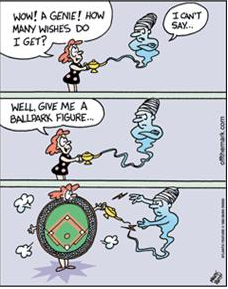6 STAGES IN COMMUNICATION
WRITTEN BY: JOEY NG
6 Stages in Communication – A Fragile Process.
An article by Joey Ng
30/7/09
Can we think of anything more fragile than communication? By fragile, it means that it can be broken down easily. There are so many opportunities for communication to breakdown and when it occurs, it is term as ‘miscommunication’. Miscommunication happens when there is a difference between the message the sender intends to send, and the message the receiver perceived.

Let’s break down a standard communication pattern into 6 different stages and analyze where and when breakdowns can occur.
Stage 1 –Know what to say


Before a sender wants to communicate any message, he must know what is to be send. Ever encounter situations when someone is talking to you and you have the feeling that he has no idea what he is talking about. Or worse still, he knows he have no idea what he is talking about.
This could happen when the sender is relaying a message for someone else, but have limited information and is required to fill the gaps with assumption or, miscommunication have already taken place between the original sender and the medium.
Stage 2 –
Find the right words to use
Different words have different meaning. Different meaning will lead to different perception.
Language deficiency could be one of the reasons for breakdown at this stage. Great players do not necessarily make great coaches. One reason is because despite their experience, they are unablemto find the right words to piece their thoughts together.

Stage 3 – Convey the message clearly
The key to this stage is to articulate the message clearly, using the right tone, at the right pace. Issues could arise when the speaker is not speaking clearly, and the listener is not impelled to raise the matter.
Stage 4 – Listen to the message accurately
Moving on to the receiver’s half. Breakdown could arise if the environment does not support accurate listening. Setbacks could also occur at this stage if the receiver is not use to the pace or language the sender is using, or, if there are too much information to digest.
Stage 5 – Decode the message correctly
In the receiver’s mind, the words heard by him are drawing linkages with his understanding of each word. Again, language deficiency could cause break down at this stage as the same word might mean differently between the two parties. The need to assume if the word is not understood could also lead to break downs.
Stage 6 – Translating message into thoughts

The meaning of each words are put together to form a perception in the receiver’s mind. The same principal of language understanding as Stage 5 applies, because words can have different meaning when put together. Once the entire message is put together, the receiver will intend to connect it with his knowledge.
If he is unable to draw any links, he will not be able to fully comprehend the actual meaning of the message, resulting in misinterpretation or misconception. When the receiver translates the misinterpreted thoughts into action and it does not aligned with the sender’s intention, both parties will realize that there has been a miscommunication. Trust is also an element which might affect the communication process at this stage. If the receiver of the message does not fully trust the sender, he might interpret the message differently.
Communication is a process of transferring information from one entity to another. In this article, this process has been broken down into 6 stages, each containing several elements. The process of communication is as fragile as it can get because it takes just one element to breakdown to shatter the entire process.


